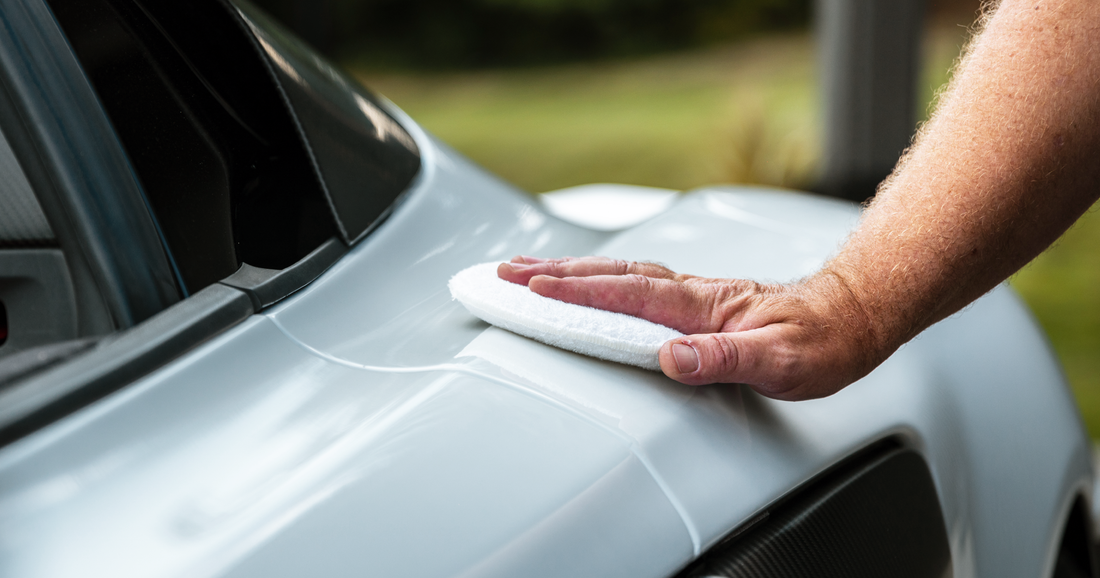All Categories
Featured
The timing belt is a critical component of your engine, accountable for integrating the activity of different engine parts, such as the crankshaft and camshaft. While the timing belt might not be something you assume around commonly, overlooking its maintenance can lead to substantial engine damage and expensive fixings.
What Is a Timing Belt and How Does It Work? The timing belt is a rubber or composite product belt that connects the crankshaft to the camshaft in an interior combustion engine. The camshaft regulates the opening and closing of the engine's intake and exhaust valves, and it needs to be timed completely with the movement of the pistons in the engine. The timing belt guarantees that these elements are in sync, allowing the engine to run efficiently.
If the timing belt comes to be or falls short used out, the camshaft and crankshaft will certainly no longer be integrated, which can cause the engine's valves to hit the pistons. This leads to catastrophic engine damages and often calls for pricey repairs and even an engine replacement.
Why Is Timing Belt Substitute Important? Over time, the timing belt can use down due to rubbing, warmth, and general engine wear. While it might appear like a tiny concern, a faulty timing belt can cause serious engine troubles. Right here's why timely replacement is important:
Avoiding Engine Damages: As pointed out, a damaged or sliding timing belt can create the engine's shutoffs and pistons to collide. This causes curved shutoffs, damaged pistons, and in severe cases, a full engine failure. Changing the timing belt prior to it breaks can stop this expensive damage.
Keeping Engine Performance: A worn-out timing belt can interfere with the synchronization of the engine parts, minimizing overall engine performance. Changing the belt helps maintain optimal engine feature, guaranteeing smooth operation, boosted gas efficiency, and far better efficiency.
Preventing Unforeseen Malfunction: A damaged timing belt can leave you stranded on the side of the roadway, causing a significant hassle. By replacing the timing belt at the recommended intervals, you can stay clear of the threat of an unforeseen breakdown, particularly in the middle of a lengthy journey or when you the very least expect it.
![]()
Conserving Money in the Long Run: While timing belt substitute can seem like a cost you may wish to avoid, it's more affordable than the expense of fixing or replacing a damaged engine. The replacement price is relatively cost effective contrasted to the substantial repairs called for if the timing belt breaks. Proactive upkeep can conserve you countless dollars out of commission and maintain your car's value.
When Should You Replace the Timing Belt? The timing belt replacement timetable can vary depending on your car's make and design. In general, many manufacturers recommend changing the timing belt every 60,000 to 100,000 miles. However, it's constantly best to consult your owner's manual or a relied on technician for particular suggestions for your car.
Indicators that your timing belt might need substitute consist of uncommon engine noises such as yawping or ticking, problem beginning the engine, or a noticeable decrease in engine performance. It's essential to have the timing belt inspected promptly. if you experience any of these symptoms.
![]()
Final thought. Changing the timing belt at the recommended intervals is a key component of maintaining your engine's wellness and making sure that your car runs efficiently. A broken timing belt can lead to expensive repairs, engine failure, and unexpected failures, which can be prevented with appropriate upkeep.
What Is a Timing Belt and How Does It Work? The timing belt is a rubber or composite product belt that connects the crankshaft to the camshaft in an interior combustion engine. The camshaft regulates the opening and closing of the engine's intake and exhaust valves, and it needs to be timed completely with the movement of the pistons in the engine. The timing belt guarantees that these elements are in sync, allowing the engine to run efficiently.
If the timing belt comes to be or falls short used out, the camshaft and crankshaft will certainly no longer be integrated, which can cause the engine's valves to hit the pistons. This leads to catastrophic engine damages and often calls for pricey repairs and even an engine replacement.
Why Is Timing Belt Substitute Important? Over time, the timing belt can use down due to rubbing, warmth, and general engine wear. While it might appear like a tiny concern, a faulty timing belt can cause serious engine troubles. Right here's why timely replacement is important:
Avoiding Engine Damages: As pointed out, a damaged or sliding timing belt can create the engine's shutoffs and pistons to collide. This causes curved shutoffs, damaged pistons, and in severe cases, a full engine failure. Changing the timing belt prior to it breaks can stop this expensive damage.
Keeping Engine Performance: A worn-out timing belt can interfere with the synchronization of the engine parts, minimizing overall engine performance. Changing the belt helps maintain optimal engine feature, guaranteeing smooth operation, boosted gas efficiency, and far better efficiency.
Preventing Unforeseen Malfunction: A damaged timing belt can leave you stranded on the side of the roadway, causing a significant hassle. By replacing the timing belt at the recommended intervals, you can stay clear of the threat of an unforeseen breakdown, particularly in the middle of a lengthy journey or when you the very least expect it.

Conserving Money in the Long Run: While timing belt substitute can seem like a cost you may wish to avoid, it's more affordable than the expense of fixing or replacing a damaged engine. The replacement price is relatively cost effective contrasted to the substantial repairs called for if the timing belt breaks. Proactive upkeep can conserve you countless dollars out of commission and maintain your car's value.
When Should You Replace the Timing Belt? The timing belt replacement timetable can vary depending on your car's make and design. In general, many manufacturers recommend changing the timing belt every 60,000 to 100,000 miles. However, it's constantly best to consult your owner's manual or a relied on technician for particular suggestions for your car.
Indicators that your timing belt might need substitute consist of uncommon engine noises such as yawping or ticking, problem beginning the engine, or a noticeable decrease in engine performance. It's essential to have the timing belt inspected promptly. if you experience any of these symptoms.

Final thought. Changing the timing belt at the recommended intervals is a key component of maintaining your engine's wellness and making sure that your car runs efficiently. A broken timing belt can lead to expensive repairs, engine failure, and unexpected failures, which can be prevented with appropriate upkeep.
Latest Posts
Discover Exclusive Auto Repair Specials in Chicago at Montclare Auto Repair
Published May 27, 25
1 min read
Uncover Reduce Expenses on Car Maintenance with Montclare Auto Repair’s Limited-Time Deals
Published May 27, 25
1 min read
How Regular Vehicle Maintenance at Montclare Auto Repair Saves You Money
Published May 26, 25
1 min read
More
Latest Posts
Discover Exclusive Auto Repair Specials in Chicago at Montclare Auto Repair
Published May 27, 25
1 min read
Uncover Reduce Expenses on Car Maintenance with Montclare Auto Repair’s Limited-Time Deals
Published May 27, 25
1 min read
How Regular Vehicle Maintenance at Montclare Auto Repair Saves You Money
Published May 26, 25
1 min read